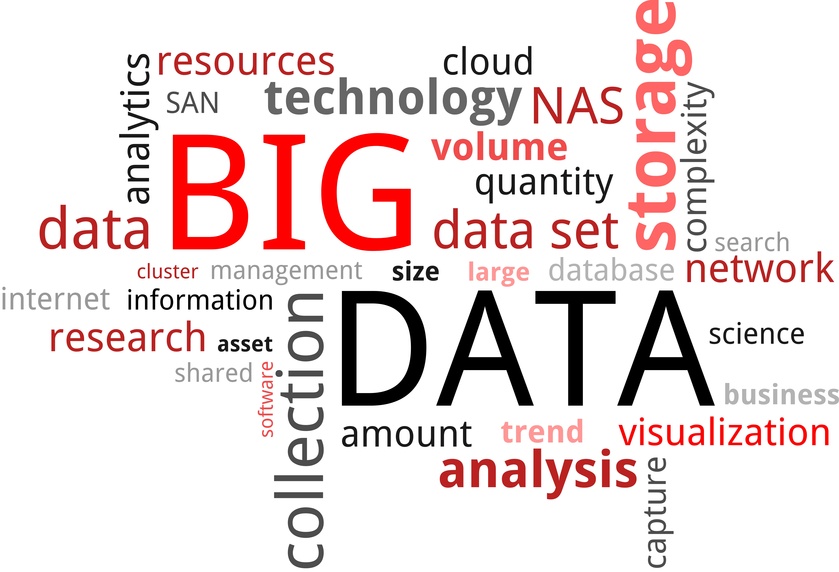Big Data and Outdoor Advertising - Sounds Promising!
In the next article about changes in outdoor advertising, Media Life magazine editors tackle the topic of Big Data. How can collecting, processing, and analyzing data from various legal sources transform the face of outdoor advertising?
Imagine you've gone shopping and are walking through a grocery store.
You're standing in an aisle with canned soups, trying to decide which brand to buy.
And right at that moment, your phone starts vibrating.
Based on information about your last ten purchasing decisions, demographic data, recent Facebook likes, and information about which region of the country you live in, Campbell's has decided you're the perfect candidate for their new muskrat, lentil, and mushroom soup, and they've sent you a discount coupon!
Big Data in outdoor advertising can work in a similar way.
The term Big Data refers to all types of data we can obtain from digital and traditional sources. This can include data collected from mobile phone applications, our social media activity, data obtained from credit card operators, GSM networks, and all other legal sources.
The sum of this data will help media planners and buyers better understand what drives consumers' purchasing decisions and then help advertisers reach the right recipient with their advertising message.
This operating model is particularly relevant to outdoor advertising because it works across a large area. There are many options for how we can reach consumers on their way to the point of sale - from billboards along roads and streets, through advertising in public transportation, to advertising at and in the point of sale (POS).
We can focus on those means that will influence consumers at the right time and place to translate into sales of our products.
Some advertisers are already experimenting with combining Big Data and outdoor advertising.
Data from credit card operators, social media, mobile apps, and search results allow for consumer segmentation and appropriate ad placement.
Based on combined and analyzed data from car navigation systems
and mobile apps for drivers, demographic data obtained from financial advisors and insurers,
social media data, and mobile search results - we can develop a model that shows us how many people from a selected target group passed by our advertisement at a given time, how they reacted to the advertising message, and how this translated into sales of a given product or service.
Big Data will also enable better planning of cross-media campaigns. Advertisers using outdoor advertising want to know not only the impact of their ads but also how they can effectively combine them with other media.
"In the near future, we'll be able to answer questions like what billboards were seen by people who visited McDonald “s restaurants last month - says Eric Z. Sherman from Clear Channel Outdoor - or how many people watched America” s Got Talent after seeing the billboard campaign? How did yesterday's evening traffic jams affect the number of visits to American Express's mobile website, advertised through outdoor advertising media?"
All this looks promising, although media professionals also see many challenges ahead of us regarding the use of Big Data in outdoor advertising. Besides the main consumer segment, there are specific markets about which we won't be able to collect as much data as we'd like - not everyone uses a credit card or smartphone, after all.
Media specialists also note the need to maintain a certain distance between outdoor advertising as a medium and potential buyers/consumers.
Few people want to feel like Big Brother is constantly watching them.
The key is therefore to reach a specific market segment, a specific target group while preserving individual privacy.

